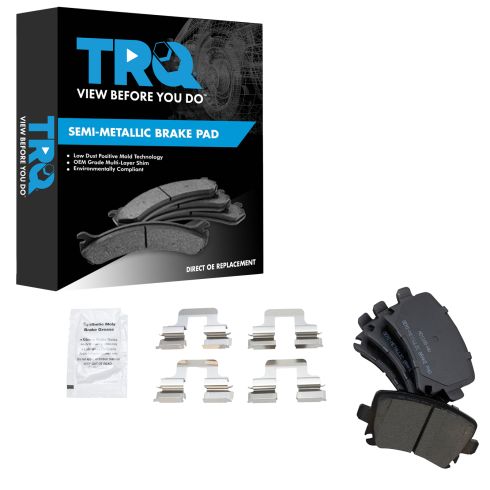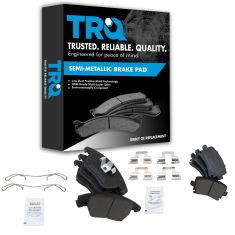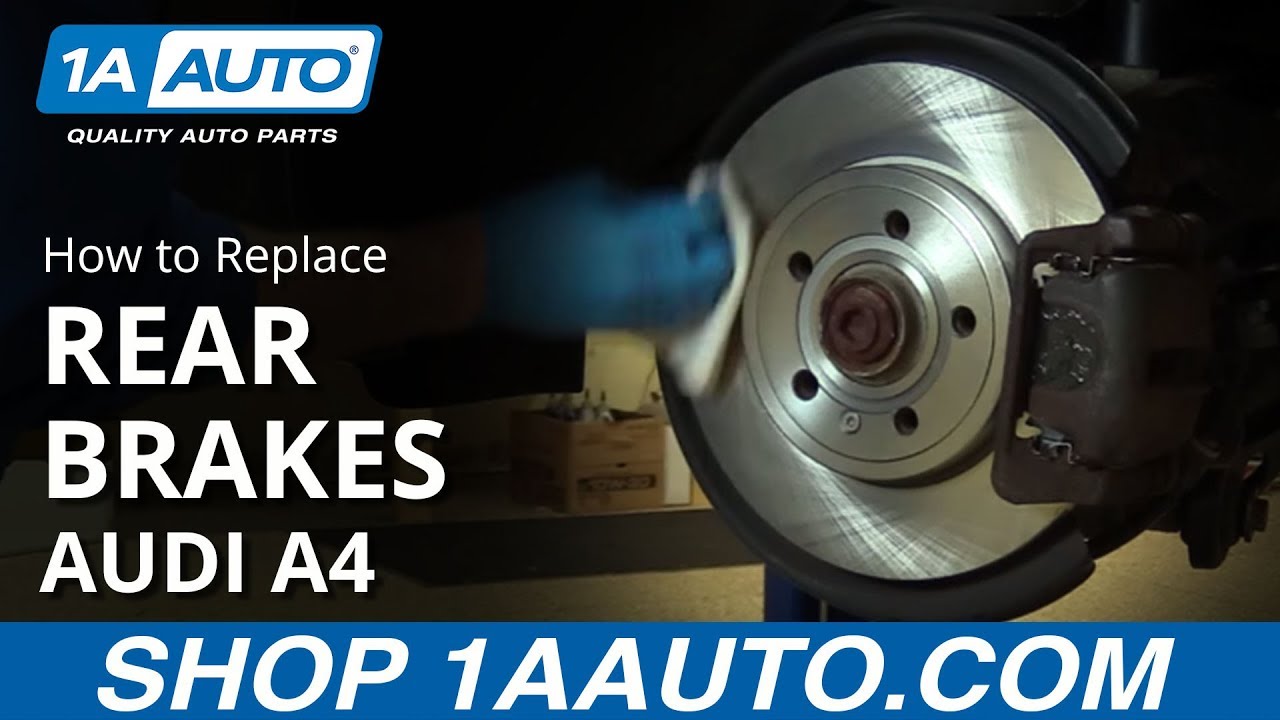1ABPS03215-VW Audi Rear Semi-Metallic Brake Pads TRQ BFA73761





Replaces
2015 Audi TT Quattro Rear Semi-Metallic Brake Pads TRQ BFA73761



Recommended for your 2015 Audi TT Quattro
Product Reviews
Loading reviews
Customer Q&A
No questions have been asked about this item.
Audi is a registered trademark of Audi AG. 1A Auto is not affiliated with or sponsored by Audi or Audi AG.
See all trademarks.











